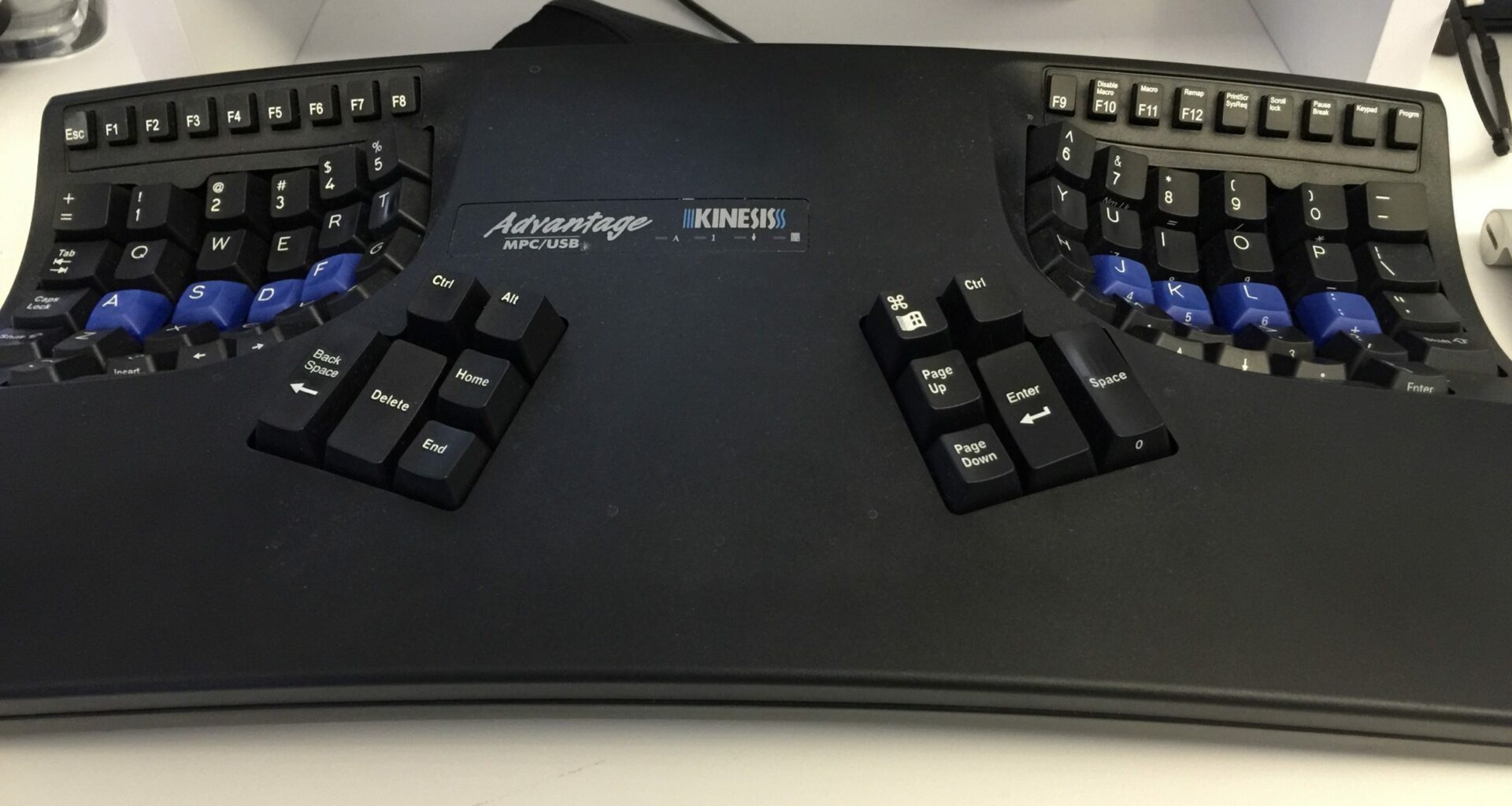Muscle memory is a powerful tool.
I’m currently typing on a Kinesis Advantage keyboard. It’s yet another ergonomic keyboard, one those major difference – which contributes to its steeper learning curve – is in its emphasis on using the thumb for keys over the pinkie fingers. The keys are designed for finger comfort; the shape accounts for different finger lengths and tries to minimize unnecessary movement. There’s also key remappings and macros and built-in Dvorak mode that cover all sorts of power usage.
Typing this on the keyboard, the toughest part is still getting over my years of muscle memory in navigating the operating system and the myriad of keyboard shortcuts I use without thinking much of their key combinations. The modifier keys – ⌘, ⌥, and ⌃ on the Mac – along with Page Up & Down and the ↑↓←→ keys are critical for editing text and moving windows, and they all now live in unfamiliar places, triggered by new combinations of fingers and thumbs.
Of course, the only reason to do this is to try to find a better way to type, to preserve wrists when most hours of the day is spent using them. From that standpoint, I’m saddened that beyond boutique manufacturers, there has not been much emphasis placed on these tools. Even if I get used to the Kinesis, it well not be an option for laptop keyboards1, not to mention the general lack of ergonomics for smartphone UIs and input techniques.
I wonder what a post-keyboard world looks like.
The new MacBook’s keyboard probably makes things worse by reducing the amount of travel its keys have.↩



